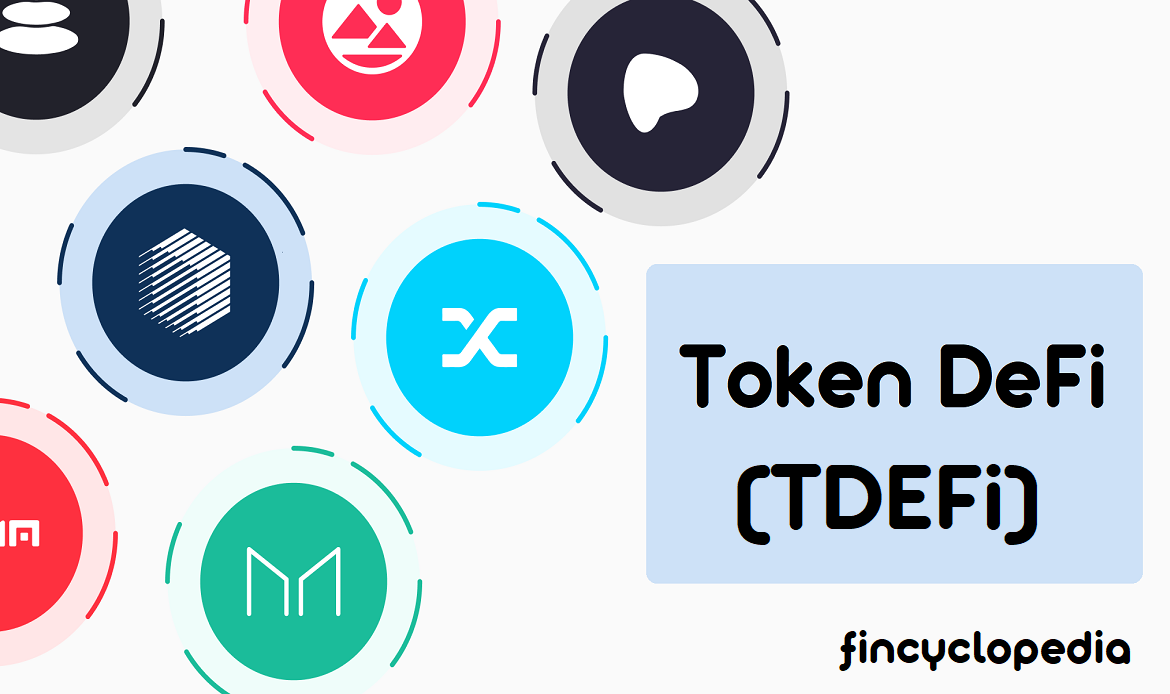
Equity instruments: concept
An equity instrument is a financial instrument that confers on its holder a residual interest in the net assets of an entity (its assets after deducting all its liabilities). This also includes derivative instruments (options and warrants) that are linked to and settled by the delivery of such an instrument. The instrument provides certain rights in an equity.
In the sphere of finance and in accounting practice, a financial instrument is classified as an equity instrument if the instrument includes no contractual obligation to pay cash or deliver a financial asset to others. Additionally, if the instrument will or may be settled in the entity’s own equity instruments, it will be classified either as a non-derivative instrument, or a derivative instrument. Broadly speaking, an equity instrument represents any contract that evidences a residual interest in the assets of an entity after deducting all of its liabilities.
An equity instrument represents an ownership interest in an entity and is determined either by the absence of a settlement requirement or the type of return the instrument conveys to the counterparty.
Equity instruments: broad classification
In broad classification, there are two types of equity instruments:
- a perpetual instrument issued by the entity.
- a direct ownership instrument issued by the entity.
A perpetual instrument, issued by the entity, represents (and gives rise to) no settlement obligation and entitles the holder to a portion of the entity’s net assets in liquidation. For example, certain types of common stocks, preferred stocks, and callable stocks are perpetual instruments. A perpetual instrument is classified as equity even if the instrument is not a direct ownership instrument.
A direct ownership instrument is an instrument (perpetual or not) issued by the entity that has both of the following two characteristics:
- The instrument represents a proportional claim to a share of the net assets of the reporting entity that is neither limited nor guaranteed (that is, there is no cap or floor other than zero net assets) either before or at liquidation. An instrument that is redeemable at fair value meets this characteristic (either mandatorily redeemable or puttable by the
holder). An instrument that is redeemable at book value or a formula based on book value is also considered as such if there is no active market for the instrument or the instrument can be exchanged only with the entity. - The claim represented by the instrument has no priority over any other claims if the issuer were to liquidate on the date of classification.
Certain main examples/ types
The main examples of equity instruments include the following:
- non-puttable ordinary shares.
- certain puttable instruments.
- an embedded option (in a compound financial instrument) to convert the liability into equity of the issuer. This option has value on initial recognition even when it is out of the money.
- certain instruments that create on the entity an obligation to deliver to another party a pro rata share of the net assets of the entity only on liquidation.
- certain types of preference shares.
- warrants or written call options (short calls) that allow the holder to subscribe for or purchase a fixed amount of non-puttable ordinary shares in the issuing entity in exchange for a fixed amount of monetary assets (cash) or another financial asset.
- An entity’s obligation to issue or purchase a fixed amount of its own equity instruments in exchange for a fixed amount of cash or another financial asset is an equity instrument of the entity (own equity instrument). However, if such a contract contains an obligation for the entity to pay cash or another financial asset, it also gives rise to a liability for the present value of the redemption amount.







